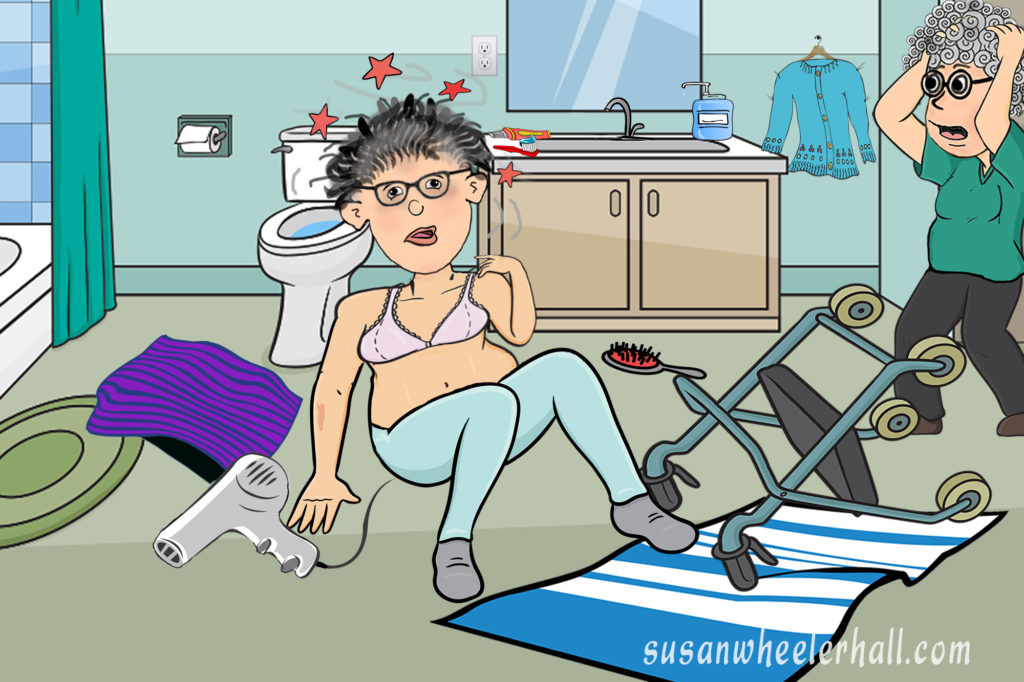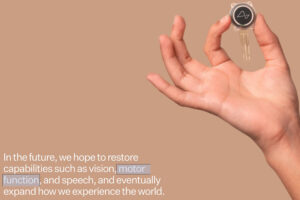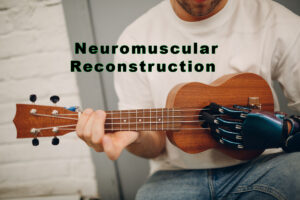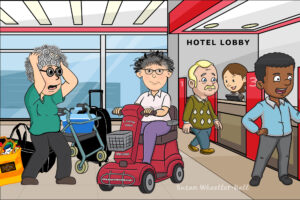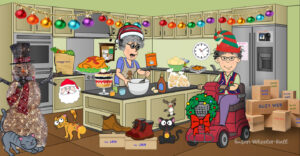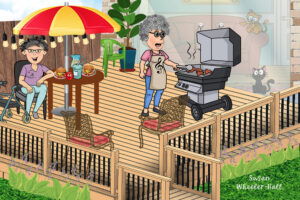What to do when someone falls depends on the person who has fallen. Age and ability level are important factors.
Toddlers, for example, fall frequently while they’re growing into themselves. Usually, this is not a cause for concern. In fact, a quick kiss on the boo boo followed by a Band-Aid often resolves the situation.
Children and adults who engage in various sports, such as hockey or football, are also bound to fall during the game(s) and protective clothing is designed with this in mind.
In the above scenarios, falling is somewhat expected, however, it’s unexpected falls that can cause havoc and serious injury.
Seniors and those with disabilities – who have compromised physical ability are more vulnerable to falling and require preventative safeguards. Adapting a home’s structural environment to widen doors, install ramps and safety bars etc. is often necessary, but this can also include making simple changes such as rearranging furniture, removing loose fixtures, and eliminating items like throw rugs.
Bathrooms present the greatest hazard simply because wet flooring and hard surfaces are a bad combination. This is a room where fixtures need to be installed securely. Towel rails, for example, are decorative and designed to hold the lightweight fabric. The problem here is, when someone is in the midst of falling, it’s a natural reflex to reach out and grab the nearest object. Unfortunately, a regular towel rail snaps or breaks off the wall, when it is leaned on too heavily.
Therefore, removing decorative towel rails and replacing them with securely fixed grab bars is a sensible thing to do. They can also double as towel rails too, so it’s a win-win.
No home is “fall foolproof”; people fall for different reasons. Knowing how to de-escalate the situation to help someone who has fallen, will prevent things from worsening.
Falling sucks, but the hardest part is getting back up, and sadly, that is when further harm can occur.
Rushing to get the person up and off the floor is a mistake. It is vital, of course, to remove anything that has been knocked over, such as tipped-over chairs, or broken dishes. And, If it is required, you should never hesitate to call 911.
Frequently, however, individuals are simply shaken and not gravely hurt. When this is the case, it’s important to bring calm energy to the situation. Reassure them, let them know there is no rush, and you are there to help.
Allow time for re-orientation; their equilibrium has just been destabilized. In some cases, getting a pillow for their head is a good idea.
Slowly ask about different areas of their body – arms, legs, feet etc. This helps them to focus and identify where they are hurt and reminds them where they are okay. When the fallen individual feels ready to move, talk the process over first. Let them tell you what they need – moment by moment, keeping the dialogue going. Help them pull themselves over to a chair or a bed before standing. Listen, and follow their instructions; they know how their body moves, don’t force what works for you on them.
Once stable, sit with them – be the voice of reassurance. Recovering from a fall requires patience.
I fell last week while drying my hair after a morning shower. I didn’t trip over anything; my right leg simply gave way while standing at the counter. My walker is always nearby so I grabbed hold of it on my way down, but of course, that did little to help given that it has wheels.
Fortunately, I did not hurt myself badly, but I was certainly shaken. My partner came running when she heard me call out. Once the walker was removed, she sat with me and calmed me until I felt ready to move. Getting up from the floor was hard work, but we worked out the safest way to move me and then lift me up on the bed. Of course, having the benefit of another’s strength makes all the difference. There’s nothing worse than falling when you are alone.
People who are vulnerable can benefit from the many alert devices and service companies such as Life Alert (US) and Life Line (Canada) who provide a connection to call for help when it is needed. Both companies offer wearable aids, in-home monitoring and a variety of assistance services. Such systems are ideal for seniors, or disabled individuals who live alone.
Another important factor to lessen the chances of falling is home furnishings. Avoid placing heavy furniture in locations where people need to awkwardly walk around them. Personally, I prefer having side tables rather than a coffee table so that I can easily access the sofa while using my walker. Declutter, and create wide walking routes throughout the home.
Good lighting should always be available. I have many small motion censored night-lights sprinkled throughout my home. This eliminates being in the dark while reaching for a light switch.
Another thing that is often overlooked is the regular maintenance of walking aids. Items such as cane or crutch tips, handles, walker wheels, brakes etc. should all be kept in excellent condition.
Whatever can be done to increase stability and decrease obstacles is the sensible way to lessen the chances of falling. It takes a bit of thought, but take it from me, being prepared as much as possible is in your best interest.

